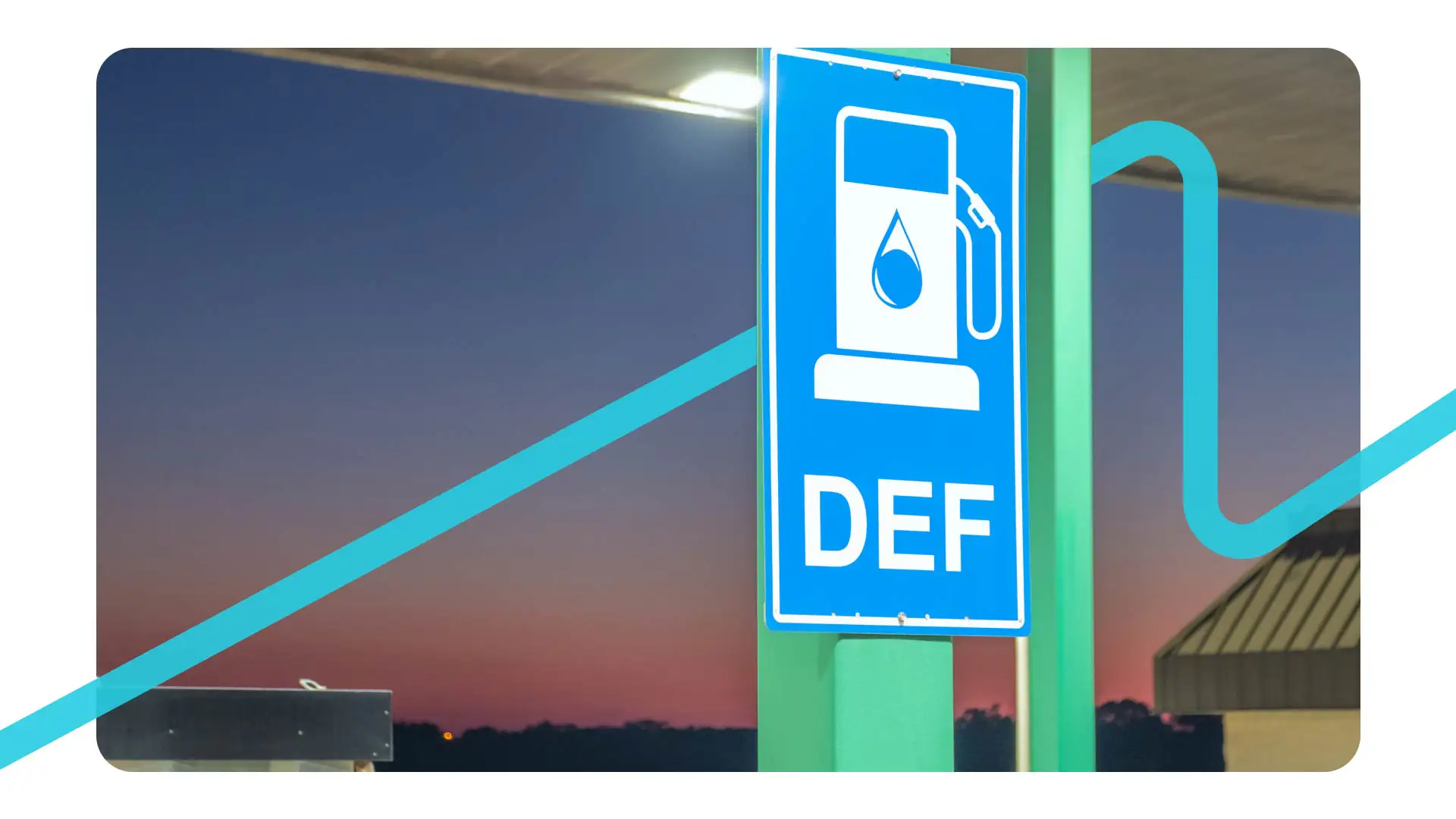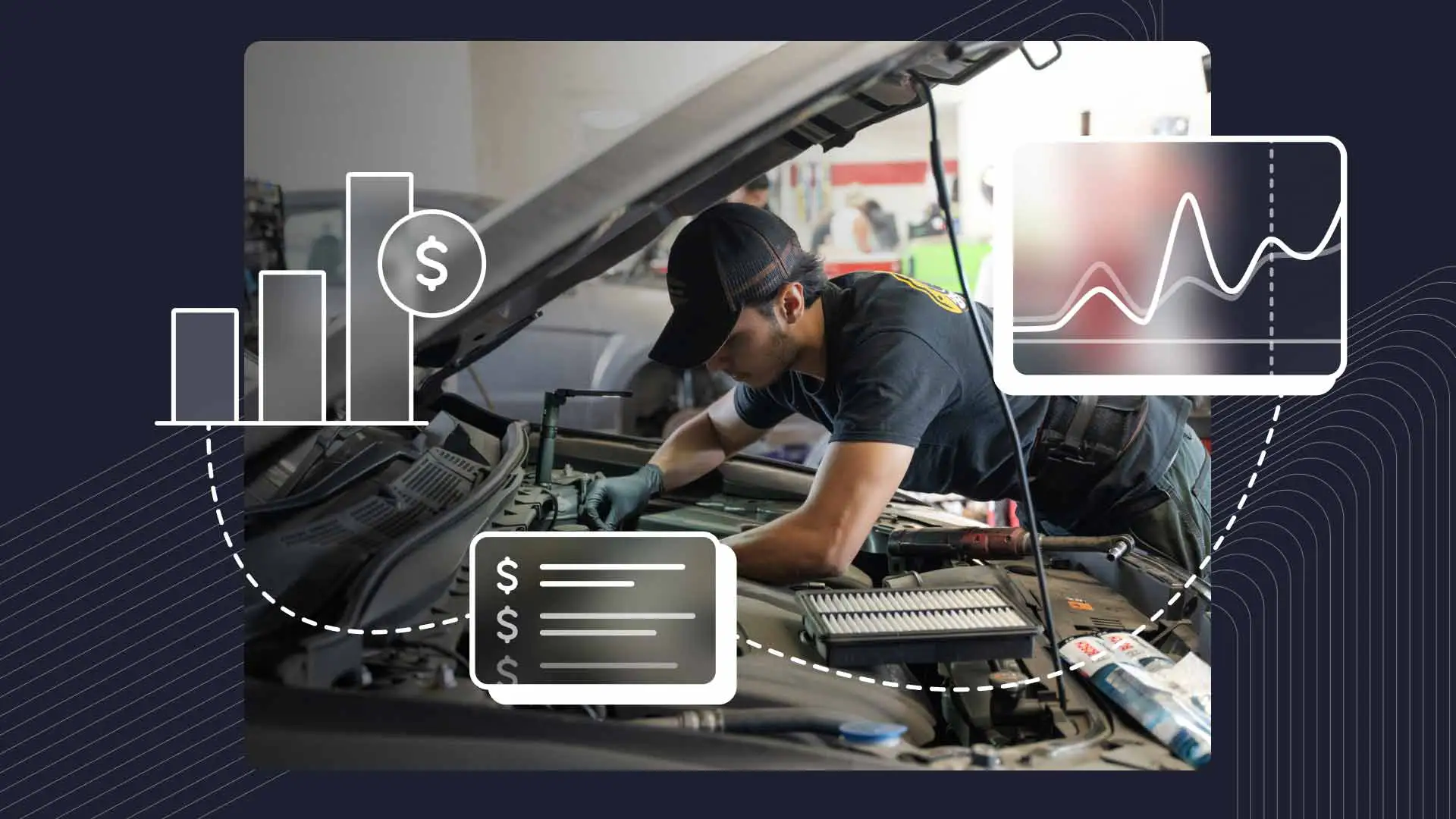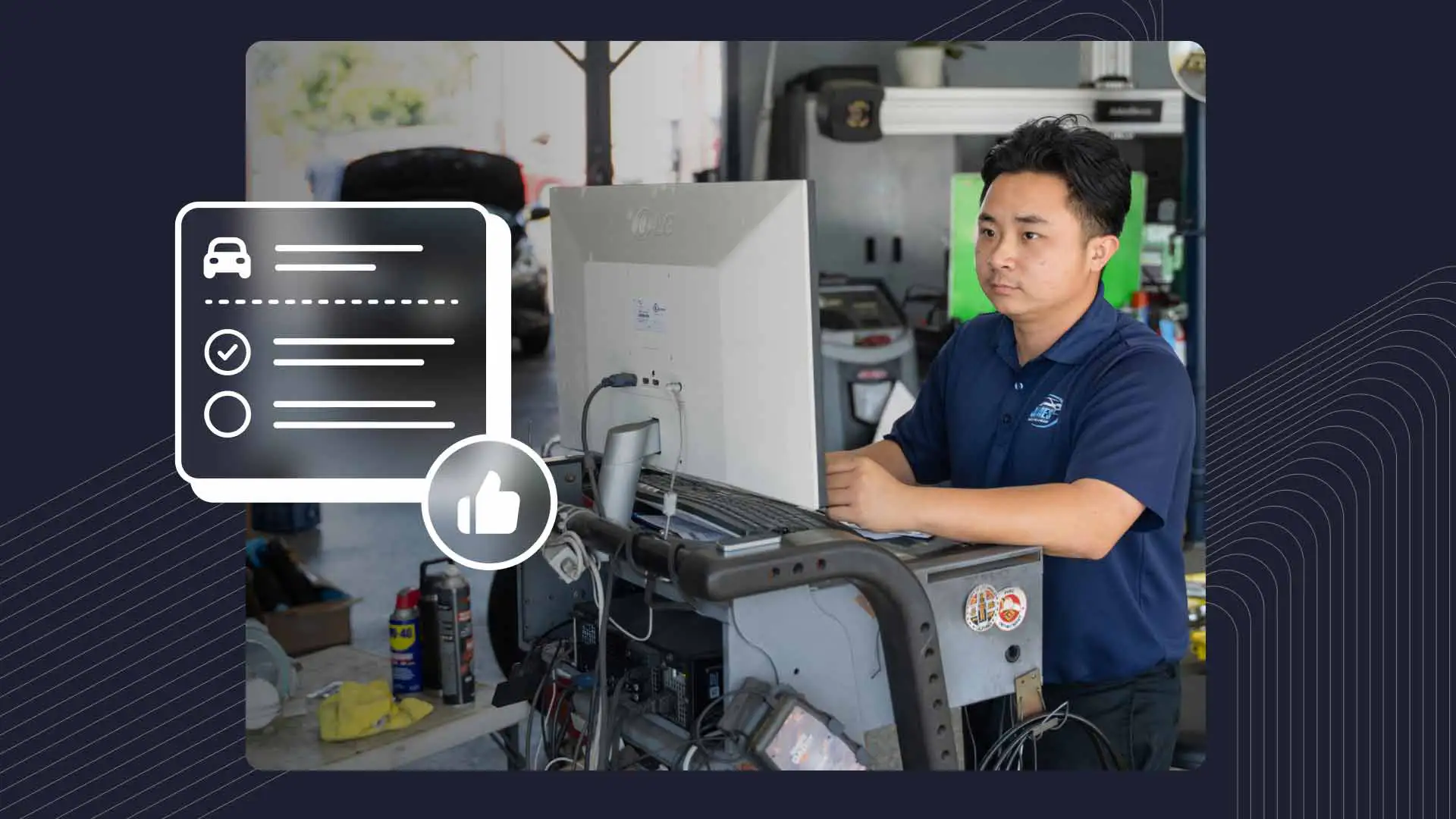Diesel engines have become cleaner and more efficient thanks to advancements in technology, with Diesel Exhaust Fluid (DEF) playing a key role in this evolution. DEF is a non-toxic, non-flammable solution that’s made up of high-purity urea and deionized water. This simple yet effective mixture is at the heart of modern diesel engine emission control systems, and it’s specifically designed to reduce harmful nitrogen oxide (NOx) emissions.
What is Diesel Exhaust Fluid?
DEF is a solution used in diesel engines to lower NOx emissions, which are known to have negative effects on the environment and human health. By converting these toxic emissions into harmless nitrogen and water vapor, DEF plays an essential role in promoting cleaner air. Today, it’s found in almost every diesel engine operating in the U.S.
What Does Diesel Exhaust Fluid Do?
The main function of DEF is to work with the Selective Catalytic Reduction (SCR) system in diesel engines to reduce NOx emissions. Nitrogen oxides contribute to smog formation and can cause respiratory issues, among other health problems. So, DEF is not just beneficial for meeting increasingly rigid emission standards, it's also a critical component in the fight against air pollution.
DEF is not just a regulatory compliance fluid; it's a critical element for clean air and efficient engine performance.
What Is Diesel Exhaust Fluid Made Of?
DEF's straightforward composition—32.5% urea and 67.5% deionized water—ensures that it can perform its emissions-reducing role effectively. Urea is a compound that’s found in many industries, including agriculture and personal care, and is non-toxic in the concentrations that are used in DEF. Deionized water is simply water that’s been treated to remove all positively and negatively charged molecules, i.e., dissolved mineral salts.
The Selective Catalytic Reduction (SCR) System
The SCR system is a technologically advanced system that significantly reduces NOx emissions in diesel engines. Here’s how it works: DEF is injected into the exhaust stream, where it vaporizes and decomposes to form ammonia and carbon dioxide. This ammonia then reacts with NOx on the SCR catalyst to create nitrogen and water vapor—two harmless components that are naturally found in the air we breathe. Since 2010, SCR has been the go-to technology for ensuring compliance with the Environmental Protection Agency’s Heavy-Duty Highway Engines and Vehicle emissions reduction regulations.
DEF In Action: How Does Diesel Exhaust Fluid Work?
When DEF is introduced into the exhaust system, it triggers a chemical reaction with the SCR catalyst. At high exhaust temperatures, DEF breaks down into ammonia, which then reacts with NOx to form harmless nitrogen and water vapor. This transformation is the key to reducing emissions and protecting the environment.
Beyond the Basics: Owning a DEF-Equipped Truck
Now that we’ve covered the basics, let’s explore some important considerations for DEF-equipped truck owners and operators.
DEF Consumption and Refueling
DEF consumption is proportionate to fuel usage. Most manufacturers suggest a rate of about 2% to 3%, or roughly 2 to 3 gallons of DEF for every 100 gallons of fuel used. To avoid running low on DEF, it's recommended to refill the DEF tank when there’s about 2-3 inches of fluid remaining, typically every third or fourth time you refuel with diesel. It’s also a good idea to refill before long trips. DEF fill ports are either located next to the fuel port, under the hood or in the trunk. They’re a different size than the fuel spout, too, so you’re unlikely to mistake one for the other; pouring DEF into the fuel tank will contaminate the fuel.
DEF Storage and Handling
Proper storage is crucial to maintain DEF's quality. It should be kept in a cool, dry place, out of direct sunlight (otherwise the urea could decompose), and in sealed containers–preferably plastic or stainless steel–to prevent contamination. Diesel Exhaust Fluid does freeze at about 12° F, so it can be stored anywhere from that point up to about 86° F. The shelf life of DEF can be up to three years under ideal storage conditions, but it's best used within one year. The easiest way to dispose of DEF is by taking it to a recycling center, many of which are equipped to handle these fluids safely; empty DEF containers also can be taken to recycling centers for disposal once they’ve been thoroughly rinsed.
DEF Warning Lights and System Issues
If a DEF warning light comes on, it's indicating either low DEF levels or a system malfunction. The first warning typically indicates when DEF levels drop below 10%. Subsequent alerts are activated when levels hit 5%, then 2.5%. If your DEF tank goes completely dry, the truck won’t be able to exceed 5 mph until it’s refilled. Malfunctions, on the other hand, can include anything from seepage to faulty connectors. Alternatively, the light may begin blinking even if the tank is full, which could point to a sensor failure. Either way, it's important to address these warnings promptly to avoid engine power reduction or other issues.
Pro Tips for Maintaining Your DEF System
To ensure your DEF system remains in good condition, incorporate regular inspections into your routine maintenance schedule. Only use high-quality, certified DEF to prevent potential damage to the SCR system. And keep the DEF tank topped off regularly. During colder months, some DEF tanks have heaters to prevent the fluid from freezing, or you may need to add anti-gel products.
DEF: More Than Regulatory Compliance
DEF is not just a regulatory compliance fluid; it's a critical element for clean air and efficient engine performance. As technology continues to advance, we can expect further improvements in DEF systems and their role in clean transportation. Always consult your owner's manual or service professionals for specific DEF-related inquiries, and follow the recommended maintenance practices to keep your vehicle running smoothly and the air cleaner for everyone.
Diesel trucks require regular service and timely repairs, and Shopmonkey’s all-in-one truck shop management software provides customized solutions designed to help shop owners and managers work faster and smarter. Book a demo today and discover how our best-in-class digital tools can simplify, streamline, and strengthen your shop’s processes and performance.
DEF Mythbusters: Separating Fact from Fiction
Diesel Exhaust Fluid, or DEF, is a non-toxic compound made up of urea and deionized water that helps significantly reduce emissions in diesel cars and trucks. Following are a few myths commonly associated with DEF, along with the facts that dispel them.
Myth: DEF is a fuel.
Fact: DEF is not a fuel in the sense that it does not play a role in the combustion process. Rather, it is a solution that reduces the level of nitrogen oxides in a vehicle’s emissions to reduce air pollution and meet emissions control standards.
Myth: Since it’s not a fuel, I can still start up my diesel truck without DEF.
Fact: Diesel engines will not run without DEF, period. Warning lights indicate when DEF levels are low. If you have completely run out of DEF while driving, the vehicle won’t exceed 5 mph; or it simply won’t start.
Myth: DEF is an additive.
Fact: DEF is not an additive. DEF is released into the exhaust system after the diesel has burned. So it interacts with the exhaust gasses (not the fuel). In fact, mixing DEF with fuel results in fuel contamination.
Myth: DEF is a performance enhancer.
Fact: DEF is not a performance enhancer, at least not in the traditional sense. It does improve fuel efficiency by reducing NOx emissions, which leads to better overall performance, but it’s considered more of a downstream treatment.




